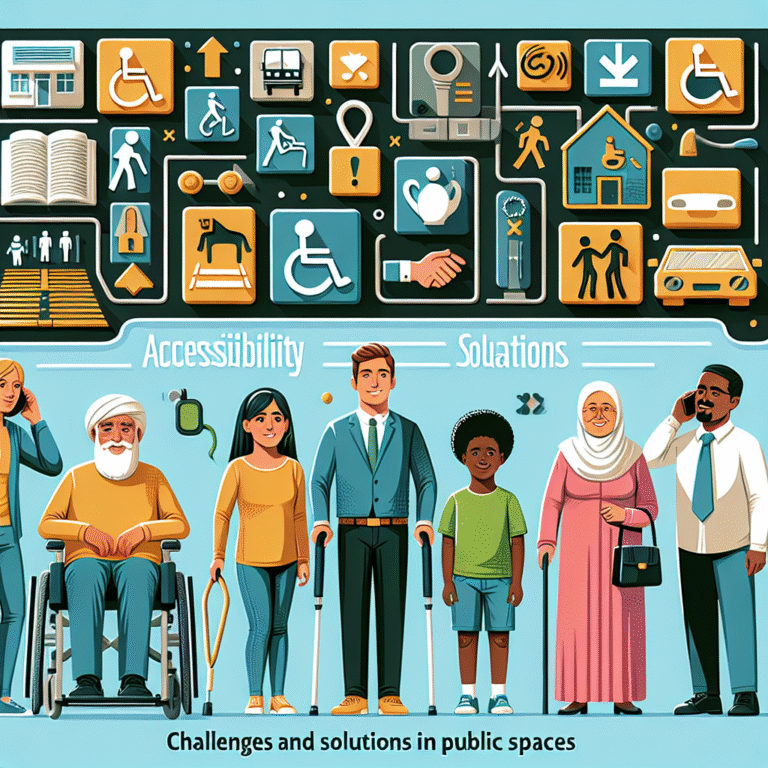
Introduction
In today’s fast-paced world, the ability to evaluate an individual’s functional capabilities and limitations is paramount. Functional assessment tools are invaluable resources for professionals working in various fields, such as education, healthcare, and occupational therapy. These tools not only help in identifying needs but also guide interventions that enhance individuals’ quality of life. In this comprehensive guide, we’ll explore essential functional assessment tools, their applications, and how you can effectively implement them in your practice. Functional Assessment Tools: What Every Professional Should Know will be our key focus throughout this article, ensuring you have the insights needed to integrate these tools into your professional toolkit.
What Are Functional Assessment Tools?
Functional assessment tools are structured methods designed to evaluate an individual’s performance in daily activities, skills, and capacities. They can range from standardized questionnaires to observational assessments, providing a holistic view of a person’s functional abilities. These tools are essential for crafting personalized intervention plans, documenting progress, and justifying the need for specific services.
The Purpose of Functional Assessment Tools
Understanding the primary purpose of these tools helps clarify their significance:
- Identify Needs: Assessing a person’s functional abilities helps identify areas where support is needed.
- Guide Interventions: Data gathered from these assessments guide the development of tailored interventions.
- Track Progress: Regular assessments enable the monitoring of progress over time.
Types of Functional Assessment Tools
Functional assessment tools can be broadly categorized into several types:
1. Standardized Questionnaires
Example: The Barthel Index is a widely used tool that measures specific activities of daily living (ADLs). It helps healthcare providers determine a patient’s level of independence in daily functions.
Case Study: A recent study on stroke patients used the Barthel Index to evaluate improvements in ADLs post-intervention. Results showed significant enhancements in patients’ mobility and self-care, underlining the importance of robust assessment tools.
2. Observational Assessments
Example: The COPM (Canadian Occupational Performance Measure) is an individualized, client-centered tool that helps measure a person’s self-perception of performance and satisfaction in everyday activities.
Case Study: A pediatric occupational therapist utilized the COPM with a child experiencing developmental delays. By observing the child during various activities, the therapist tailored an intervention plan, resulting in improved performance in both school and home settings.
3. Performance-Based Assessments
Example: The Performance Assessment of Self-Care Skills (PASS) evaluates functional mobility and self-care tasks in a person’s living environment.
Case Study: An elderly patient recovering from hip surgery underwent a PASS assessment. The insights gained allowed his rehabilitation team to create a focused training program, which sped up his recovery process significantly.
4. Self-Report Tools
Example: The Functional Independence Measure (FIM) helps assess an individual’s level of disability and how much assistance they require.
Case Study: A rehabilitation center used the FIM scale among spinal cord injury patients. Over a six-month period, assessments indicated marked improvement and guided discharge planning.
5. Mixed-Method Assessments
These leverage both qualitative and quantitative data, offering a comprehensive view of functional abilities.
Implementing Functional Assessment Tools in Practice
Here are several strategies to successfully implement functional assessment tools in your professional environment:
1. Select the Right Tool
Consider the individual’s specific needs and select an assessment tool that is appropriate for their context.
2. Engage the Client
Involve the person being assessed throughout the process. Their input is essential in guiding the assessments’ focus and relevancy.
3. Regular Assessment Schedule
Frequent evaluations should be scheduled to track progress and adjust intervention plans as necessary.
4. Interprofessional Collaboration
Incorporate insights from various professionals, including teachers, therapists, and medical staff, to ensure a holistic approach.
5. Document Progress
By maintaining detailed records of functional assessments, you can better evaluate the effectiveness of interventions and communicate results with stakeholders.
Challenges in Using Functional Assessment Tools
1. Variability in Performance
Individuals may perform differently across various settings. This variability can affect the results of assessments and the effectiveness of interventions.
2. Client Resistance
Some clients may feel uncomfortable or challenged by these assessments, potentially leading to the underreporting of disabilities.
3. Cultural Sensitivity
Understanding cultural backgrounds is crucial; assessments may require modifications for different populations.
Enhancing Functional Assessment Tools
Technology Integration
The incorporation of technology, like mobile applications and software, can streamline the process. Automation in scoring and reporting can save time and enhance accuracy.
Training and Development
Regular training sessions for professionals on the latest functional assessment tools can ensure that assessments are used effectively and appropriately.
Conclusion
Functional assessment tools are essential in fostering meaningful outcomes in various professional domains. By understanding Functional Assessment Tools: What Every Professional Should Know, you equip yourself with knowledge that can enhance your practice and improve client outcomes. From selecting appropriate instruments to executing assessments thoughtfully, consider these strategies as a path to more effective interventions. Remember, the ultimate goal is not merely to assess but to empower individuals to reach their fullest potential.
FAQs
1. What is the primary purpose of functional assessment tools?
Functional assessment tools are designed to evaluate an individual’s performance in daily activities, identify needs, guide interventions, and track progress.
2. How do I choose the right functional assessment tool?
Consider the specific needs of the individual, the context in which they operate, and the validity of the tool for their specific circumstances.
3. Are functional assessments only used in healthcare settings?
No, functional assessments are widely used in various fields, including education, occupational therapy, and rehabilitation.
4. How often should functional assessments be conducted?
Regular assessments are necessary, ideally at specific intervals to monitor progress and adjust interventions accordingly.
5. What role does client involvement play in functional assessments?
Client involvement is crucial as it ensures the relevance and accuracy of assessments, guiding the focus towards meaningful outcomes.
By embracing the philosophy behind Functional Assessment Tools: What Every Professional Should Know, you prepare yourself to make a significant difference in the lives of those you serve. Whether you are a healthcare provider, educator, or therapist, the power of these tools can transform your practice, amplifying your impact and fostering a pathway to empowerment for every individual.















